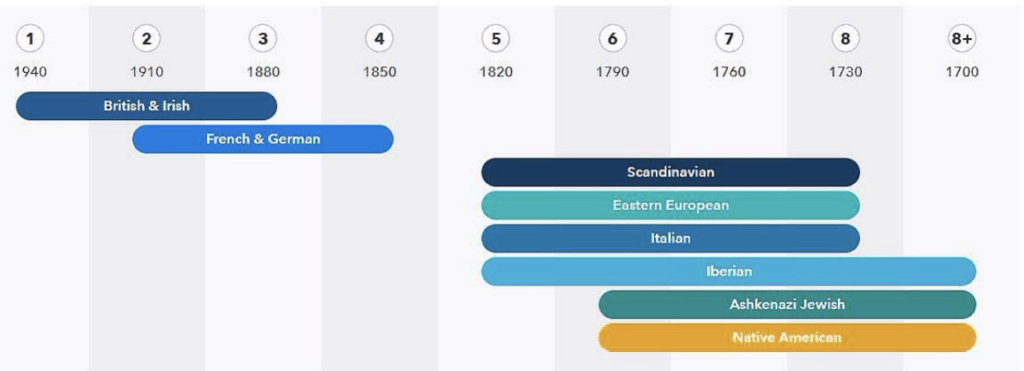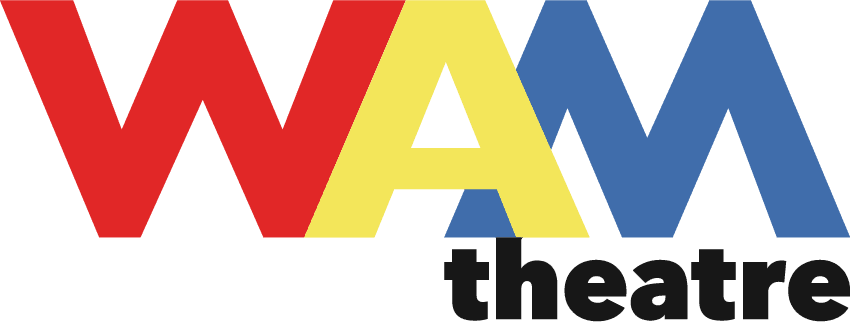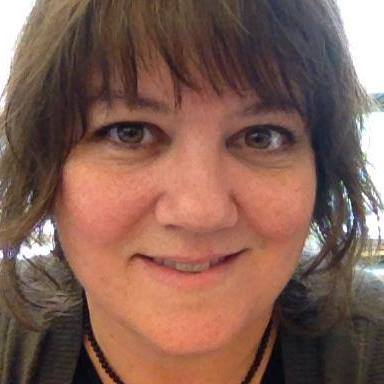This blog was written by Juliana von Haubrich. Juliana is WAM’s Production Manager and was also the production designer for ROE and THE THANKSGIVING PLAY in 2020. As WAM continues our work around anti-racism and reparations, Juliana shares a personal story that encapsulates her own journey that came to the fore while working on THE THANKSGIVING PLAY.
I’m originally from Michigan, and more specifically, my family comes from a place called Wyandotte – a small blue-collar neighborhood just down river from Detroit, where the steel mills operate around the clock. In fact, from my grandparent’s front yard, you could see the giant flame – what they call a “flare stack,” something supposed to clean the air and control pollution. My grandfather worked in that mill and died from cancer before I was even born.
Thanksgiving dinner in Wyandotte was crowded. My family lived in a small house, with a small flower shop business that my grandma ran out of the front. “Haubrich’s Flower Pot.” For Thanksgiving, they’d put out three big tables, running from the living room, through a hallway, and into the kitchen. Of course, the little kids got stuck at the hallway table. During that time, I also had a great grandmother who was still alive and kicking. That old lady scared the stuffing out of me every Thanksgiving. I remember being told that she was “closer to the family’s ‘Indian roots’” and that’s why she was angry all the time. I didn’t know what that meant; all I knew was she had a big black poodle who didn’t like children. That was enough for me.
In our family, we had a legend of a distant Native American ancestor. I carried that legend with me through college, joining the Native American Student Association. I went to powwows, ate fry bread, and fancy danced. I looked for my facial features in Indigenous faces. I even felt more connected to their beliefs than western Christian beliefs. My very first car had a bumper sticker that said “Honor All Beings,” depicting animals and plants in perfect harmony.
As I got older, some tragic things happened to the family in Wyandotte. Multiple sudden deaths, homes burned down, suicides, one after the other; the Wyandotte family became more and more distant after my own father passed away when our house burned down. Eventually, I forgot the stories and just moved on, living my life disconnected from my Michigan family.
Fast forward 25 years and I’ve moved to the Berkshires of Massachusetts. One day, as I’m driving through Pittsfield on my way home to Williamstown, I see a sign flash by: “The Wyandotte Mill.” I hadn’t seen that word in over 25 years! Wyandotte! Memories came flooding back. I thought about my Michigan family. I wanted to find them again. And how is “Wyandotte” here in Massachusetts?! I thought Wyandotte was the name of Indigenous people from Michigan. Some internet research told me that it had been a textile mill and was named after Indigenous people called the Wyandotte, but this group had been living in Massachusetts. In that moment, I realized that what I don’t know about the Idigenous Nations could fill all the Great Lakes. I thought I knew things, but I really didn’t. Wyandotte is not even their real name. It’s Wendat – that’s how they originally called themselves. And there’s a huge group in Quebec and Oklahoma. I never made the effort to find out who they were. I just moved on. That was my white privilege: to be able to just move on from that tiny piece of my life.
Enter Facebook and 23&Me.
No more ignorance! I found my Wyandotte family and it was a joyous reunion! I even have home movies of our Wyandotte days, and of my dad, whose smile I hadn’t seen since 1977. In the home movies, I watch him slowly turn to the camera and light up the room with his grin, over and over. Pause, rewind, play. Pause, rewind, play. I cried buckets. And that family legend about our Native American roots? Turns out it was true, but the ancestor was from a long, long time ago, so their DNA barely shows up in my blood any more. I think about this ancestor. Did they enter the family willingly, or through violence? I hope it was willingly, but I’ve seen too much of the world and I fear it was likely violence. “I’m sorry,” I say to this unknown family member.
Working on THE THANKSGIVING PLAY, afforded me the honor of collaborating with a Native American artist. Unfortunately, it’s the first time, but now I feel, it won’t be the last. I’ve been thinking a lot about Indigenous families and culture and the love and pain that goes with Indigenous history. There was a lot of love and pain in my family, too. I understand how those two things can weave together to form strong, complicated, connections between people.
Now, as an older and more informed adult, who is on a journey of understanding what white privilege has provided to me in my life, I renew my desire to stand with Indigenous People and to learn about Indigenous History. I want to create space together, where Indigenous Voices are amplified. I want to cry together and dance together and laugh together. I definitely want to eat fry bread together! Maybe even learn to make my own! I hope my distant ancestor is OK with this far removed descendant working to honor them in this way. And I’m proud that my family comes from Wyandotte.


